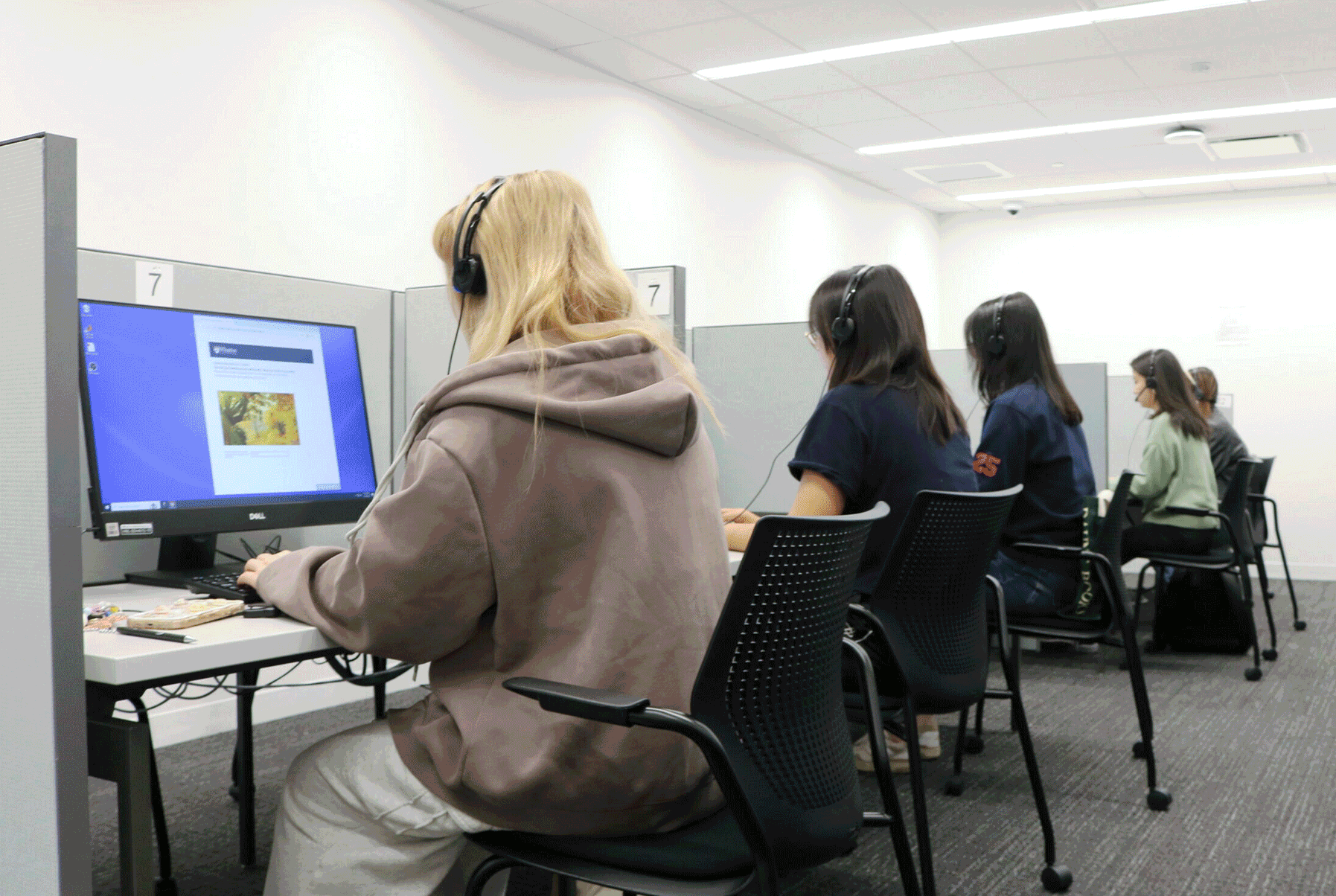Celebrating 20 Years of the Wharton Behavioral Lab

Nestled in Steinberg-Dietrich Hall is a world-class facility for Wharton’s researchers. Founded 20 years ago, the Wharton Behavioral Lab (WBL) is a vital resource for doctoral students and faculty investigating how and why people make decisions.
Armed with the tools to recruit participants, run studies, and collect data efficiently, the WBL helps researchers answer pressing questions and increases their productivity. In 2024 alone, the WBL served over 50 faculty members across five departments.
“Having this platform enables us to do the best scholarship anywhere in the world,” says Maurice Schweitzer, the Cecilia Yen Koo Professor at the Wharton School and faculty director of the WBL. “It’s like having a jet engine on our back. We can do more, and our work has more impact.”
The WBL was among the first labs of its kind, an innovation designed to reduce strain on researchers. “Twenty years ago, doing behavioral research meant that you, as a faculty member, had to find space, equipment, and a panel of willing participants,” says IT Director Robert Botto. “We became a full-service shop to handle all of that and make research a lot easier.”
Today, Botto notes, the lab “has become a kind of incubator — a place where technology, innovation, and research methods can be explored.” It also boasts a wide variety of state-of-the-art equipment, including eye-tracking and facial-recognition tools, as well as dedicated staff trained to help researchers execute their studies on topics ranging from the impact of trash-talking on its targets to how humor can affect one’s social status.
“When a researcher comes to us with a big idea, it’s our job to mold it and help them figure out how it could actually work in an in-person setting,” says Associate Director Mary Spratt. Sometimes, that process moves quickly; other times, it takes months to ensure every detail is right. Still, the lab aims to have two studies running at all times, each with between 200 and 300 paid participants.
Though the WBL saw a dip in participation during the COVID-19 pandemic, participant engagement increased last year, and it shows no signs of slowing down. In light of this victory, Schweitzer has set a clear goal for the lab: to continue leading the charge in behavioral science. “We’re research-first,” he says, “and we should be at the cutting edge. That’s what differentiates us from our peers.”
Schweitzer and Botto agree that adopting and experimenting with new technologies — namely virtual reality headsets — is key to remaining ahead of the curve. “We do have some virtual reality equipment, but to scale that up gets expensive,” Botto says. “It opens up a lot of possibilities, but we don’t want to sacrifice data quality for scale.”
With the right setup, Schweitzer explains, the WBL could use virtual reality to more effectively simulate tricky-to-replicate scenarios, like shopping in a grocery store. Before they can do that, however, the staff at the lab will need plenty of time to test-drive the available tech and vet each option’s strengths and weaknesses.
Regardless of the challenges involved in that process, Schweitzer remains optimistic about the lab’s future — and proud of its achievements in the last two decades. “What we, at the lab, are desperately trying to do is understand how people think and decide,” he adds. “It’s very complicated, but we are and can remain at the cutting edge of that research here at Wharton.”
To learn more about the WBL, please visit their website — and if you’re interested in taking part in a study, check out their Participants page.



